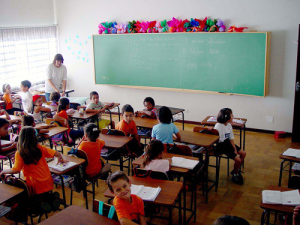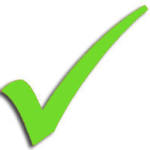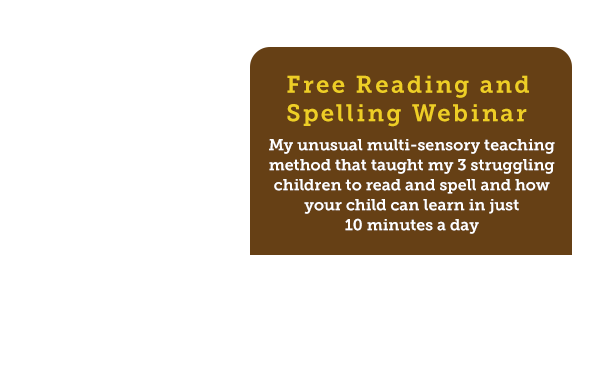A Remediation
A remediation refers directly to a learning program, a method of teaching or a teaching style that caters specifically to a dyslexic child’s identified areas of weakness. This means the child may leave class to have access to a learning support teacher and a program that is intensive, direct, multisensory and systematic. Such programs can also be provided within a classroom setting as part of a classroom subject curriculum or by accessing a school computing device with a specific program made available. It is worth researching whether the programs and methods a school uses are evidence based, as some states in certain countries have a prerequisite for this to be the case.
 A Modification
A Modification
A modification refers to changes made to the year level curriculum to cater for a child such as;
 Rewriting grade level expectations
Rewriting grade level expectations Reducing the number of curriculum expectations to be mastered
Reducing the number of curriculum expectations to be mastered Writing alternative expectations for a child
Writing alternative expectations for a child Selecting expectations from a different grade level
Selecting expectations from a different grade level
An Accommodation
An accommodation refers to any assistance that enables a child to access the grade appropriate curriculum or complete a grade and/or subject level test, assessment or exam
.
Accommodations can vary considerably but may include:
![]() The use of teaching methods deemed more appropriate for a child
The use of teaching methods deemed more appropriate for a child
![]() Extra personalised assistance in the school classroom provided by a teacher, teacher’s assistant or qualified learning support provider.
Extra personalised assistance in the school classroom provided by a teacher, teacher’s assistant or qualified learning support provider.
![]() The extra provision of time for a child to complete certain projects, tests and exams
The extra provision of time for a child to complete certain projects, tests and exams
![]() The child may be able to sit tests and exams in an alternative area meaning they feel less pressure. It can also include access to a room where there is less noise and distraction
The child may be able to sit tests and exams in an alternative area meaning they feel less pressure. It can also include access to a room where there is less noise and distraction
![]() Movement and drink breaks may be offered
Movement and drink breaks may be offered
![]() A teacher’s assistant may be provided to read questions for a child on certain tests and exams
A teacher’s assistant may be provided to read questions for a child on certain tests and exams
![]() A scribe may be provided to write answers for a child in certain tests and exams
A scribe may be provided to write answers for a child in certain tests and exams
![]() A child may be able to read aloud written questions on tests
A child may be able to read aloud written questions on tests
![]() A child may not be penalized for spelling and or grammatical errors, with marks not being deducted, when spelling and or grammar is not the focus of the evaluation
A child may not be penalized for spelling and or grammatical errors, with marks not being deducted, when spelling and or grammar is not the focus of the evaluation

![]() They may be able to access recorded audio text books
They may be able to access recorded audio text books
![]() Complete oral assessments
Complete oral assessments
![]() Use electronic spellers
Use electronic spellers
![]() They may be able to use a laptop to complete classroom work.
They may be able to use a laptop to complete classroom work.
![]() A computerised device can also be provided as an accommodation for tests and exams, instead of writing responses, particularly when this is the norm in the everyday classroom.
A computerised device can also be provided as an accommodation for tests and exams, instead of writing responses, particularly when this is the norm in the everyday classroom.
![]() They may be able to record an audio of lessons so they can listen to them again at a later date
They may be able to record an audio of lessons so they can listen to them again at a later date
![]() Access a peer note taker
Access a peer note taker
![]() Change the font size, paper colour and amount of text per page on class handouts and written tests
Change the font size, paper colour and amount of text per page on class handouts and written tests
![]() Use voice recognition software for writing and print to speech software for reading text
Use voice recognition software for writing and print to speech software for reading text
It is important for all teachers, parents and students to understand the prerequisites for accessing accommodations. In most cases standards are stated in Education Department legislation that can be found on department websites. To ensure a child/student receives the appropriate accommodations, become familiar with the provisions in your state or territory.



















